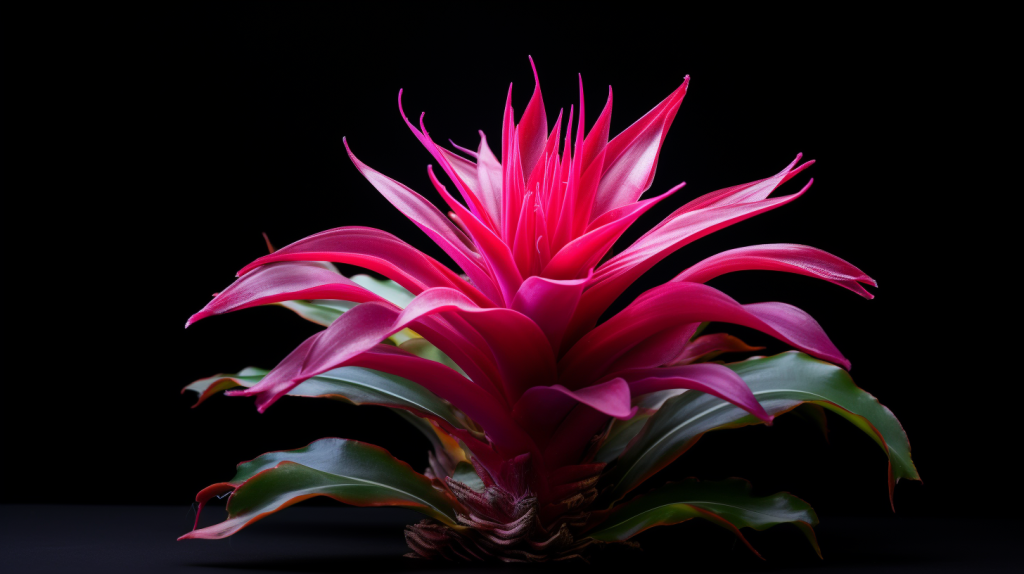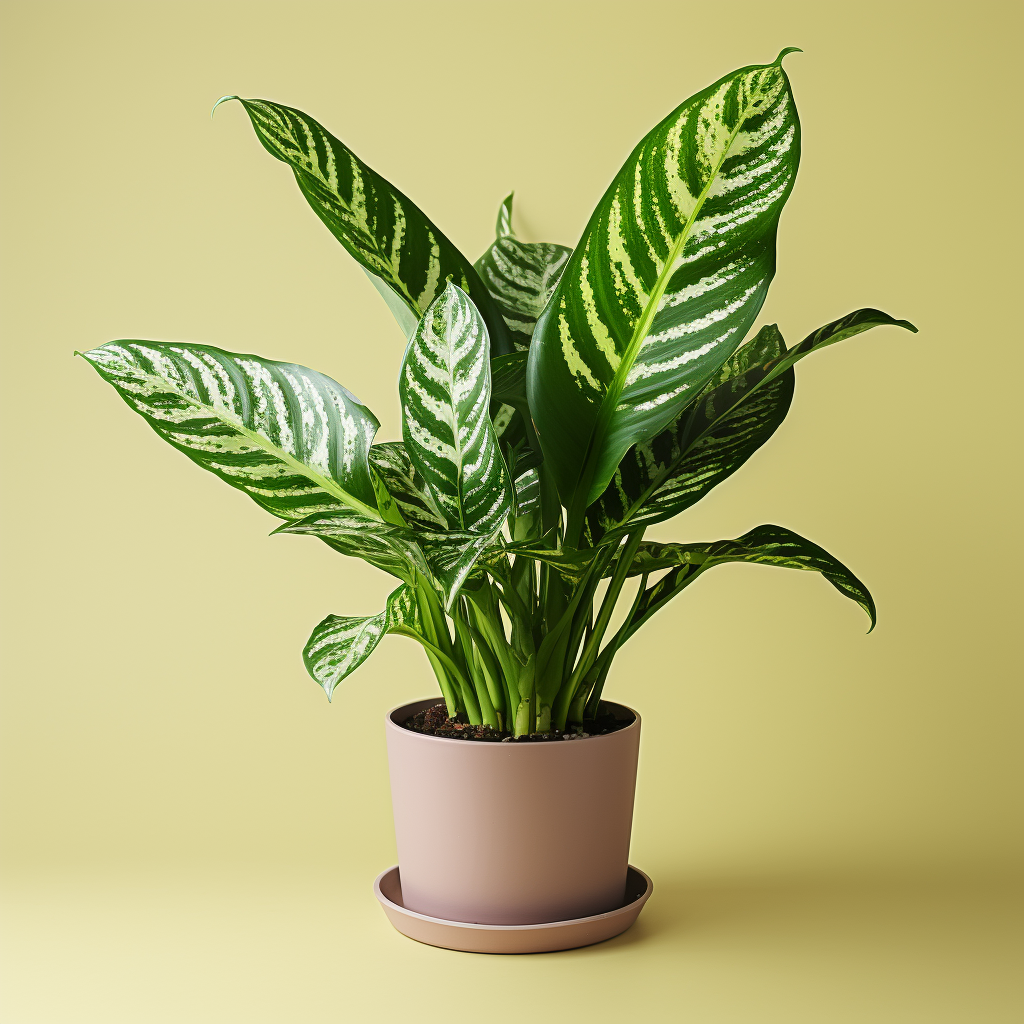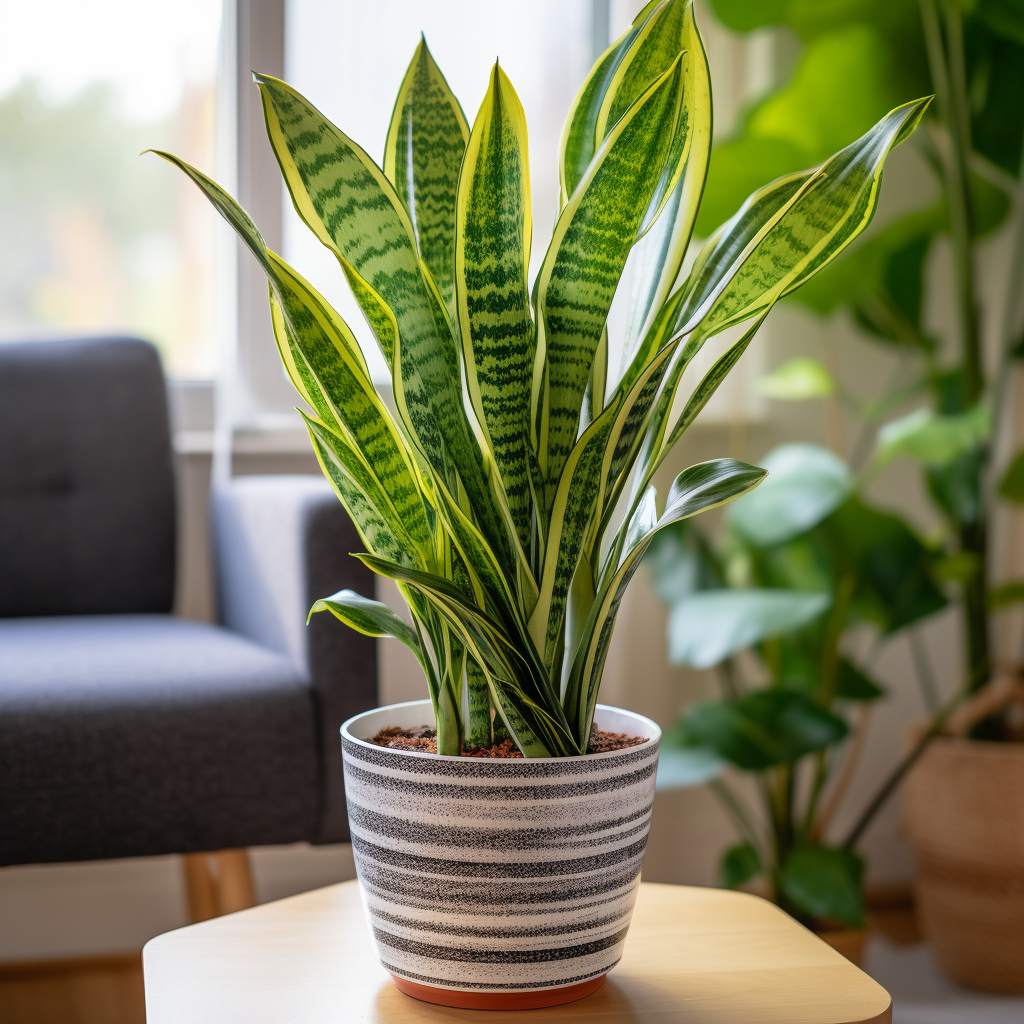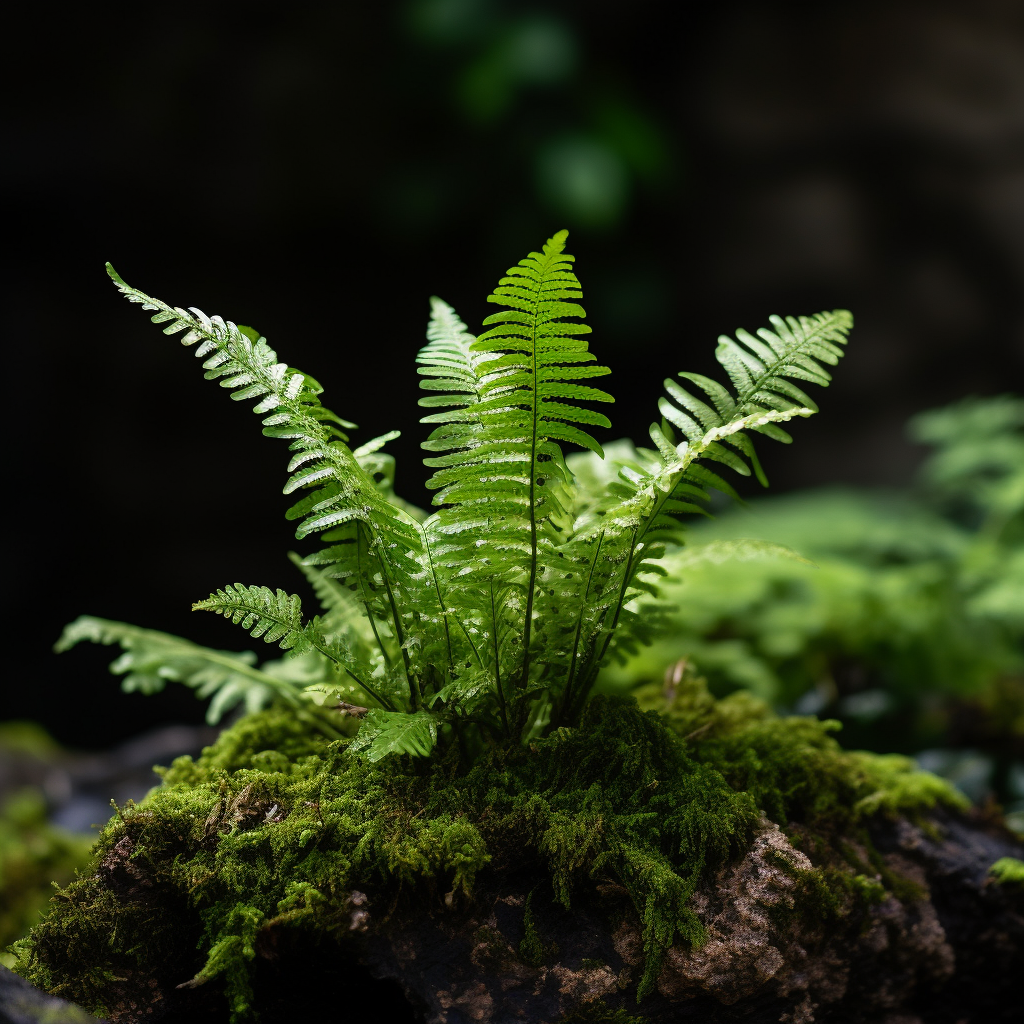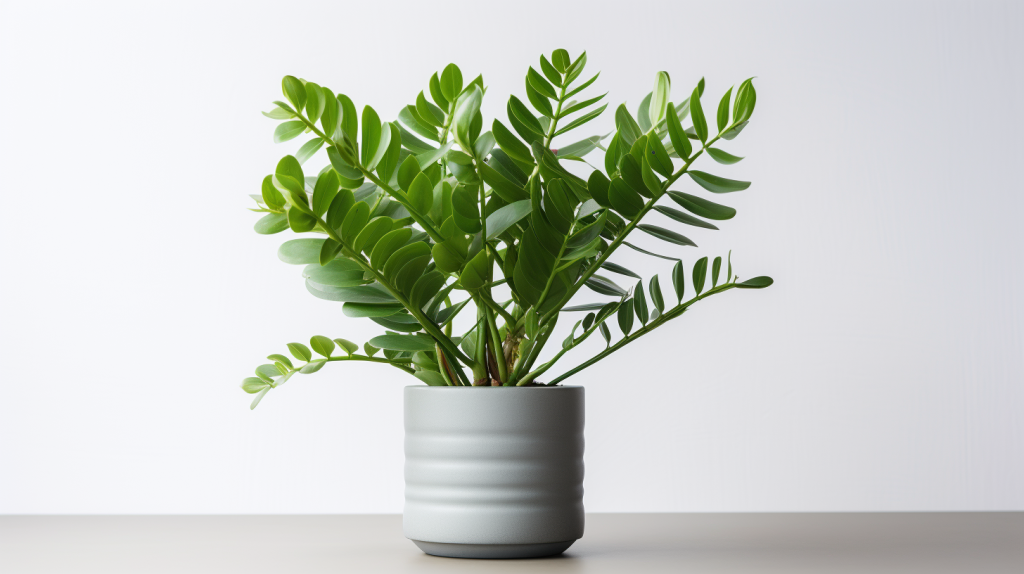The Blushing Bromeliad, also known as Neoregelia Carolinae, is a popular houseplant originating from the tropical rainforests of South America. This exquisite plant belongs to the Bromeliad family, which is renowned for its broad array of colorful and decorative species.
Description Of Blushing Bromeliad Plant
The Blushing Bromeliad is often celebrated for its unique and vibrant foliage. This plant is characterized by its wide, strap-like leaves that form a graceful rosette. The leaves are predominantly green but take on a spectacular blush-red hue in the center when it’s about to bloom.
What Does The Blushing Bromeliad Plant Look Like?
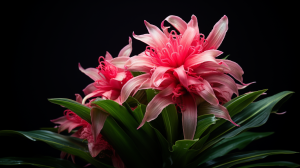
The Blushing Bromeliad boasts an attractive rosette of arching leaves which change color when the plant is about to flower. The leaves transition from a glossy green to a vivid red or pink, thus the name “Blushing” Bromeliad. This color change is the plant’s unique way of attracting pollinators in its natural habitat.
Blushing Bromeliad Plant Flowering
The flowering process of the Blushing Bromeliad is truly a sight to behold. When mature and given the right conditions, the plant produces a cluster of blue or white flowers in its center. However, the spectacle lies not in the flowers but in the dramatic color change of the leaves surrounding them.
Displaying Blushing Bromeliad Plant
Displaying a Blushing Bromeliad can greatly enhance the aesthetic of any room. These plants are often showcased as standalone pieces due to their striking appearance. They can also be mounted on a piece of wood or bark to mimic their natural epiphytic growth habit.
Is The Blushing Bromeliad Plant Poisonous?
Blushing Bromeliad is not classified as poisonous, making it a safe addition to homes with pets or small children. However, as with any plant, ingestion may cause mild discomfort, so it’s best to keep it out of reach from curious pets and children.
Blushing Bromeliad Plant Facts
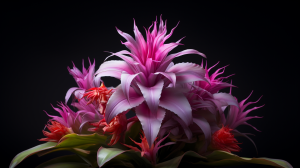
The Blushing Bromeliad is truly a marvel in the plant kingdom. Here are a few key facts:
| Fact | Description |
|---|---|
| Origin | South America |
| Family | Bromeliaceae |
| Growth | Up to 1 foot |
| Light | Indirect, bright |
| Temperature | 60-80°F |
| Humidity | High |
| Soil | Well-draining, Bromeliad mix |
Caring For Blushing Bromeliad Plant
Caring for a Blushing Bromeliad is fairly simple, making it a popular choice for beginner plant enthusiasts. Here’s a quick care guide:
| Care Aspect | Guidelines |
|---|---|
| Light | Bright, indirect light |
| Watering | Water the central rosette, not the soil |
| Temperature | Thrives in 60-80°F |
| Humidity | Prefers high humidity |
| Fertilizer | Bromeliad-specific, half-strength, during growing season |
Common Problems
Despite their hardiness, Blushing Bromeliads may still encounter a few issues such as leaf spot, a condition often caused by overwatering or poor ventilation. Another common issue is browning leaf tips, which may result from low humidity or nutrient deficiency.
Frequently Asked Questions
- How often should I water my Blushing Bromeliad? You should water your Bromeliad when the central rosette becomes dry. The frequency will depend on your home’s humidity and temperature.
- Does my Blushing Bromeliad need direct sunlight? No, it prefers bright, indirect sunlight as direct sunlight can cause leaf scorch.
- Is Blushing Bromeliad safe for my pets? Yes, Blushing Bromeliad is not considered toxic, but ingestion may cause mild discomfort.
- Why are the leaves of my Blushing Bromeliad turning brown? This may be a result of insufficient humidity or nutrient deficiency.
- When does the Blushing Bromeliad bloom? The Blushing Bromeliad typically blooms once in its lifetime, usually when the plant reaches maturity and is under optimal conditions.
Conclusion
The Blushing Bromeliad is a vibrant and striking houseplant that brings a touch of tropical flair to any space. With its easy-care nature and dramatic color change when flowering, this plant is a great addition for both novice and experienced plant enthusiasts alike.
References
- The Bromeliad Society International (www.bsi.org)
- University of Florida, IFAS Extension (https://edis.ifas.ufl.edu/ep337)
- Missouri Botanical Garden (www.missouribotanicalgarden.org)

